Solar Cooking and Star-Gazing
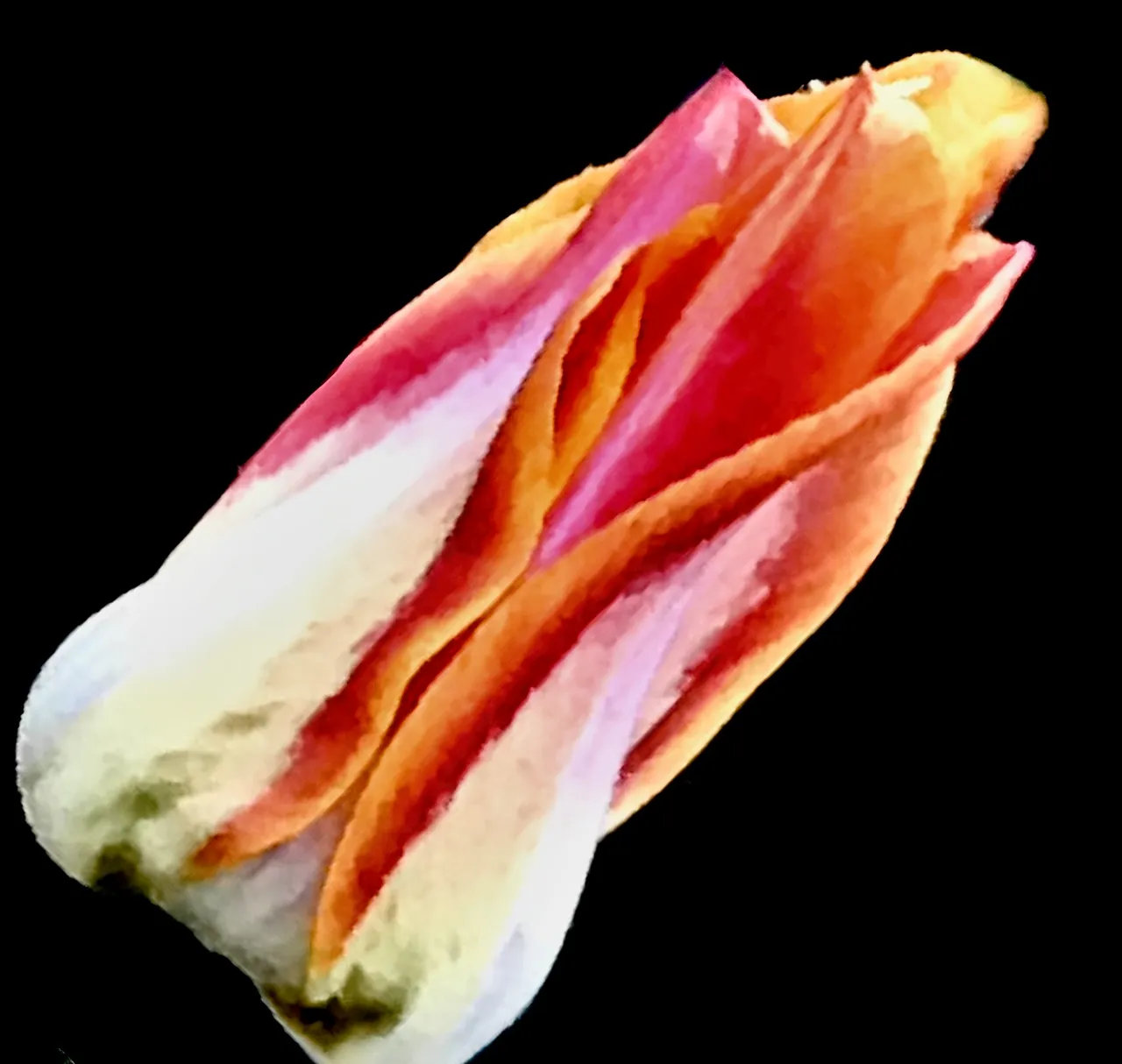
We had a nice weekend. Friday night was clear and we headed over to SFU for Starry Nights and some sky gazing. The ring nebula was on offer on the large lens and a couple binary/double systems on the smaller scopes.
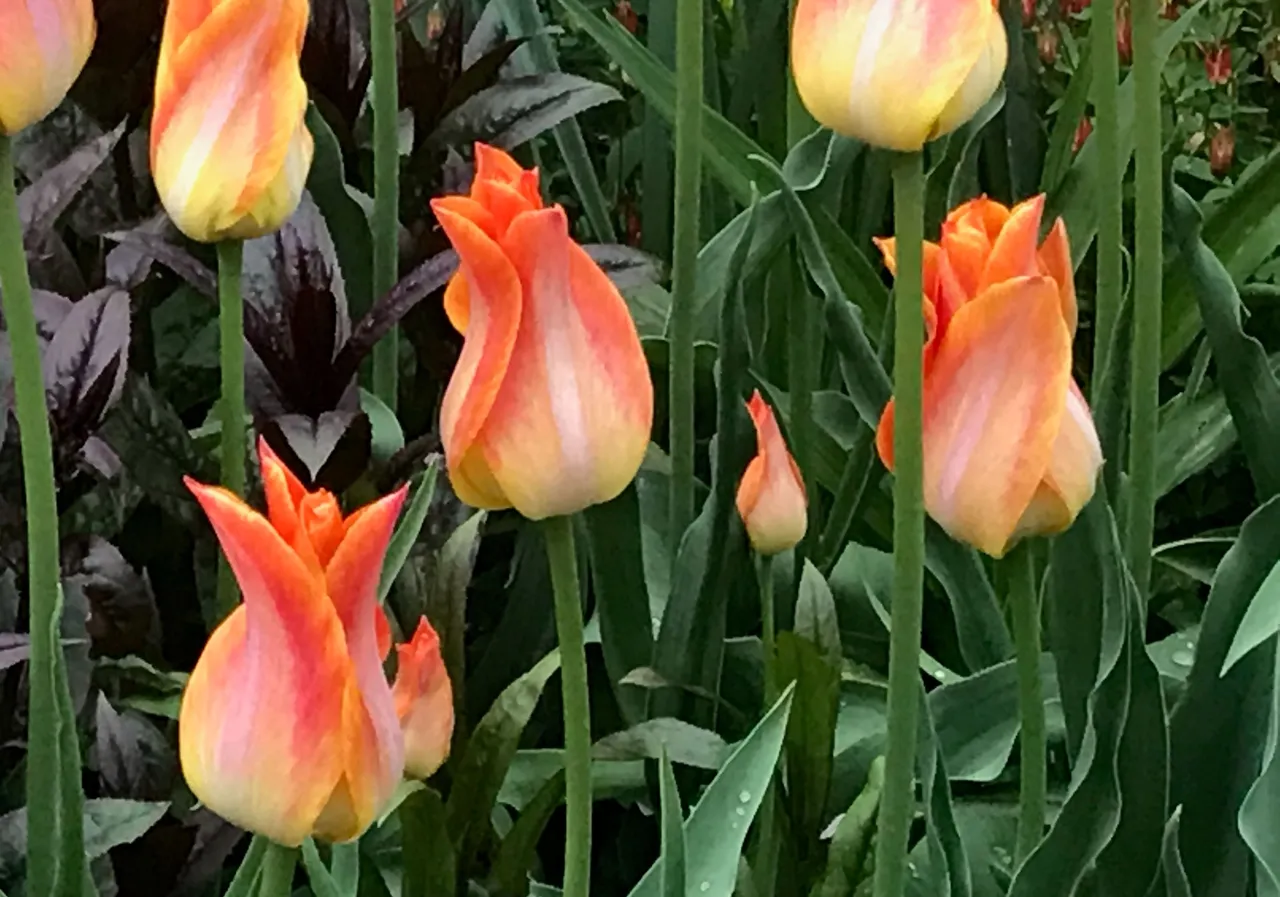
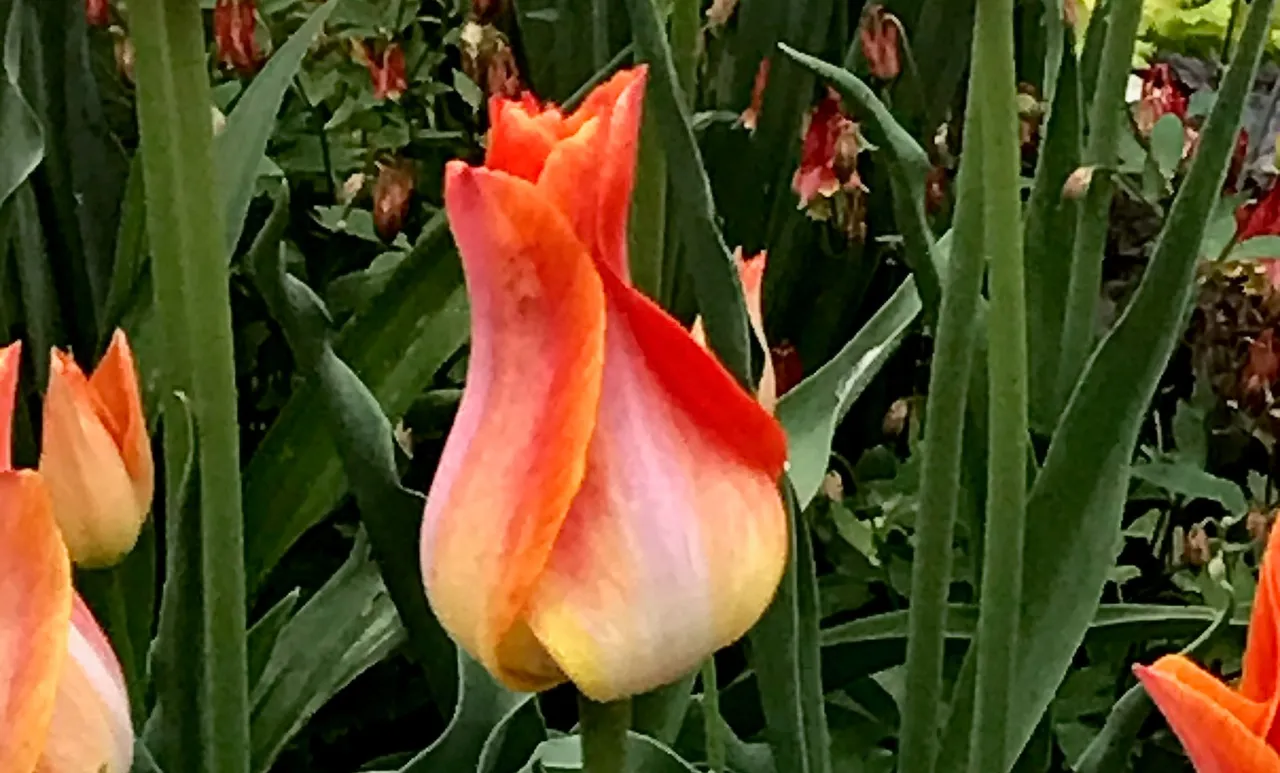
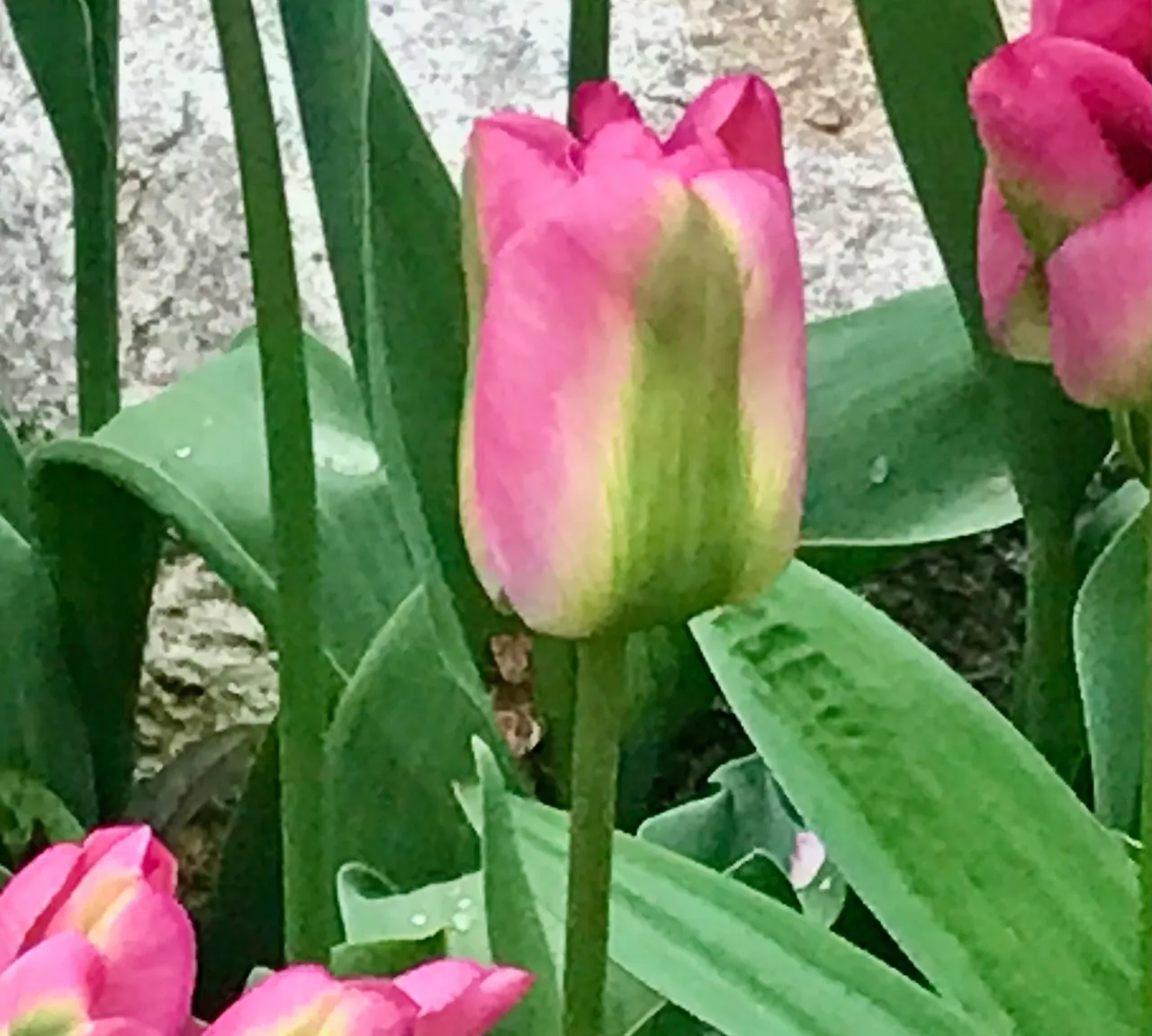
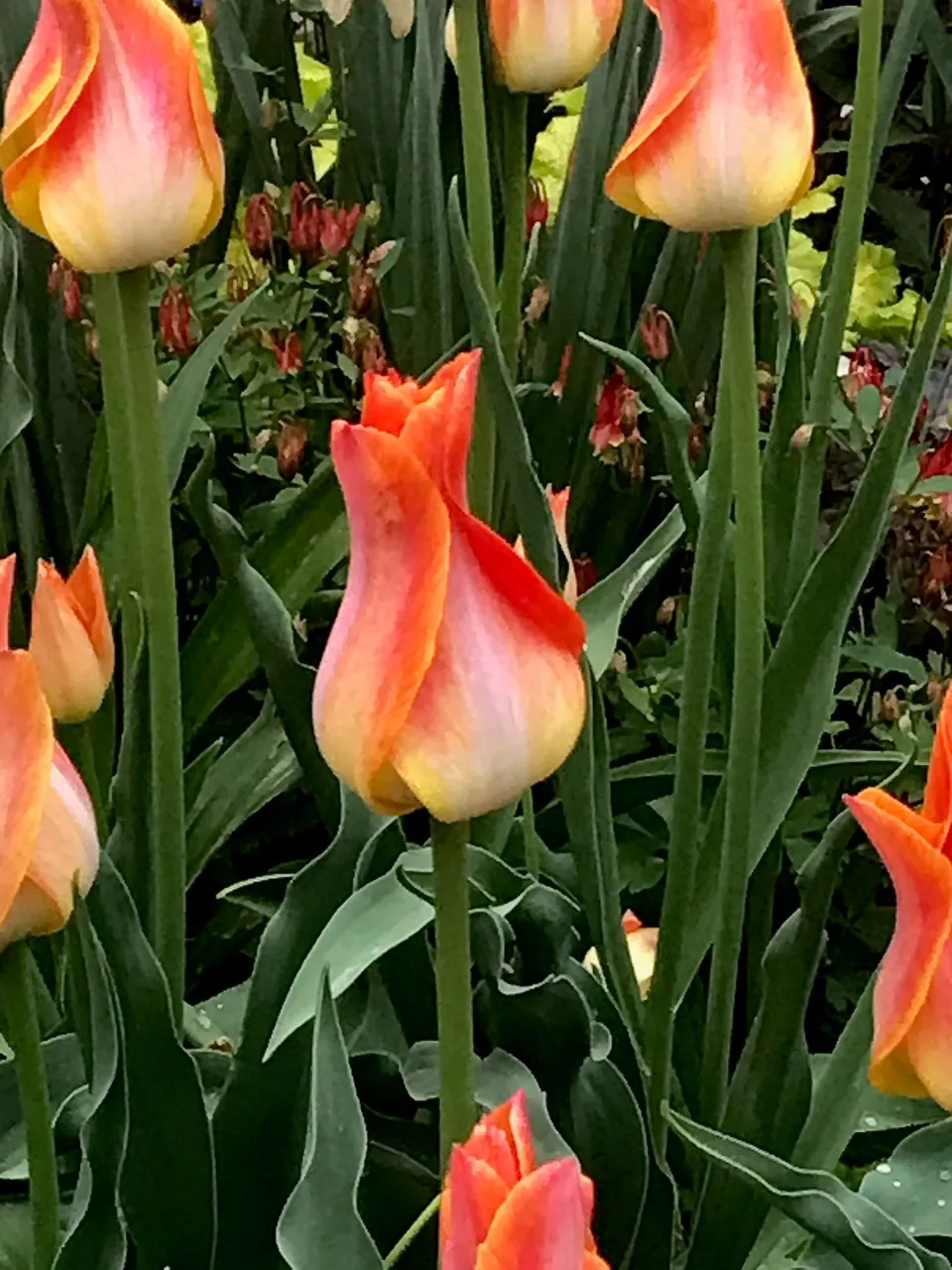
We have been enjoying some very warm weather, highs into the low 20's, that's celsius. We had been putting off our Physics project for warmer weather. We made a solar cooker and as its name suggest hot, sunny weather is essential to get an effective one. It was this week or probably a no-go before the summer actually arrives. Our results were less than stellar as it was, but we did manage to melt some chocolate.
Minime saw the experiment as a failure. I explained that scientists, like mathematicians, have to become more comfortable with not getting success right away. The experiment was not a failure if we learned something. What did we learn ... marshmallows reflect light and are very challenging to heat up in the sun.
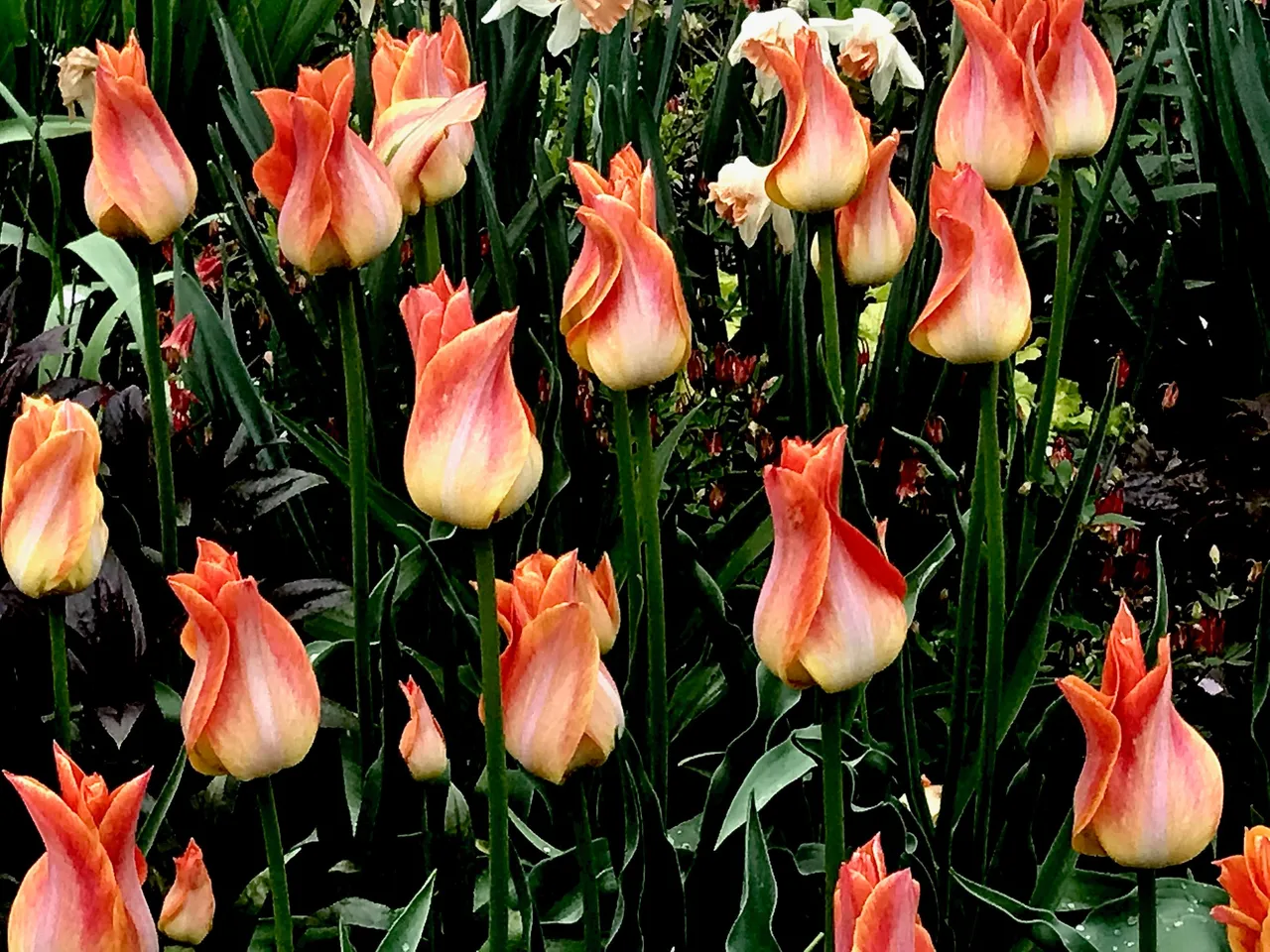
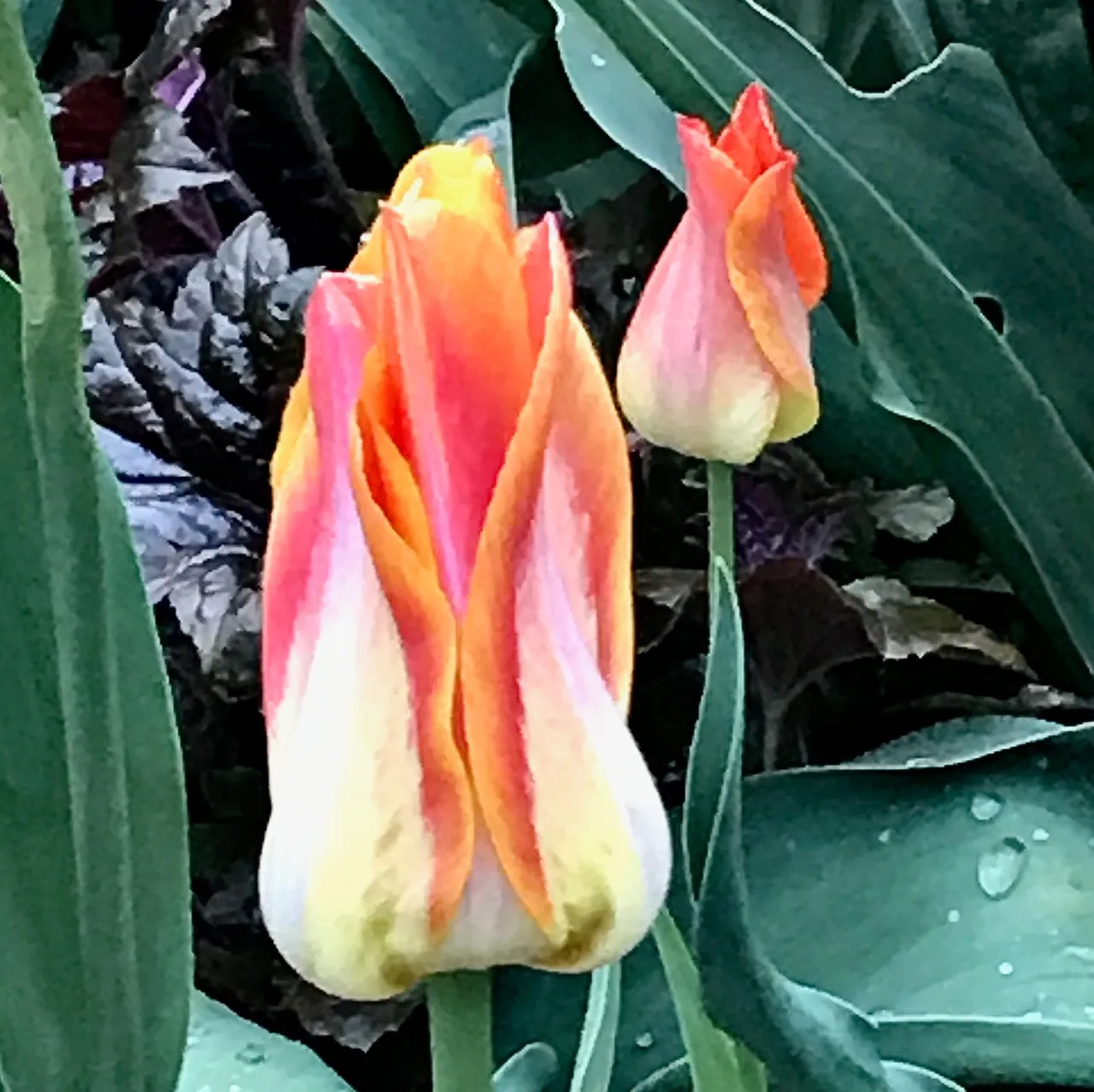
Materials
Cardboard box
Aluminum foil
Duct tape
Black styrofoam plate
Glue
Clear plastic
scissors
Utility knife wooden sticks
Ruler
Camera/Computer
Internet
Graphing paper
Timer
Marshmallow
Chocolate chips
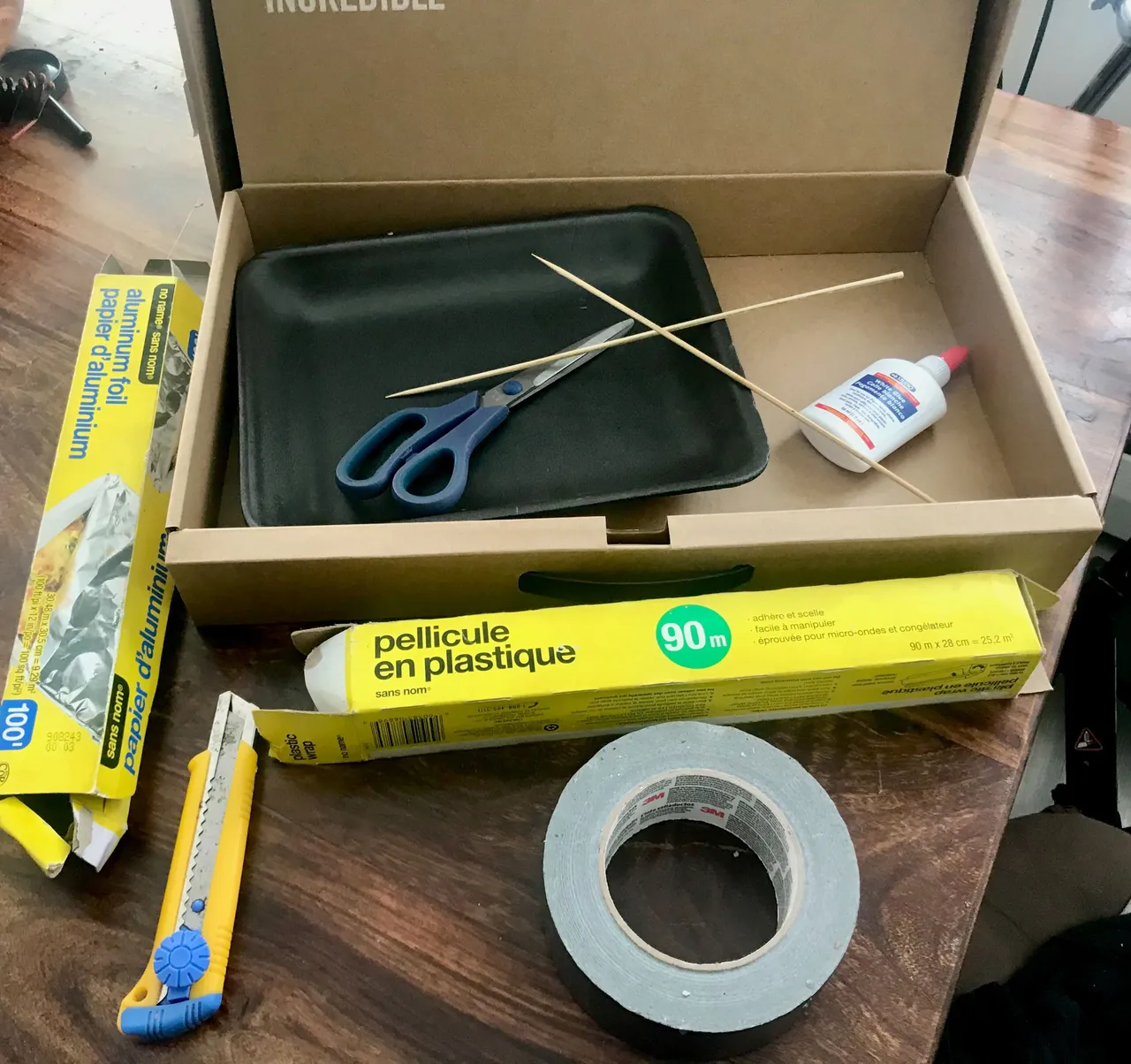
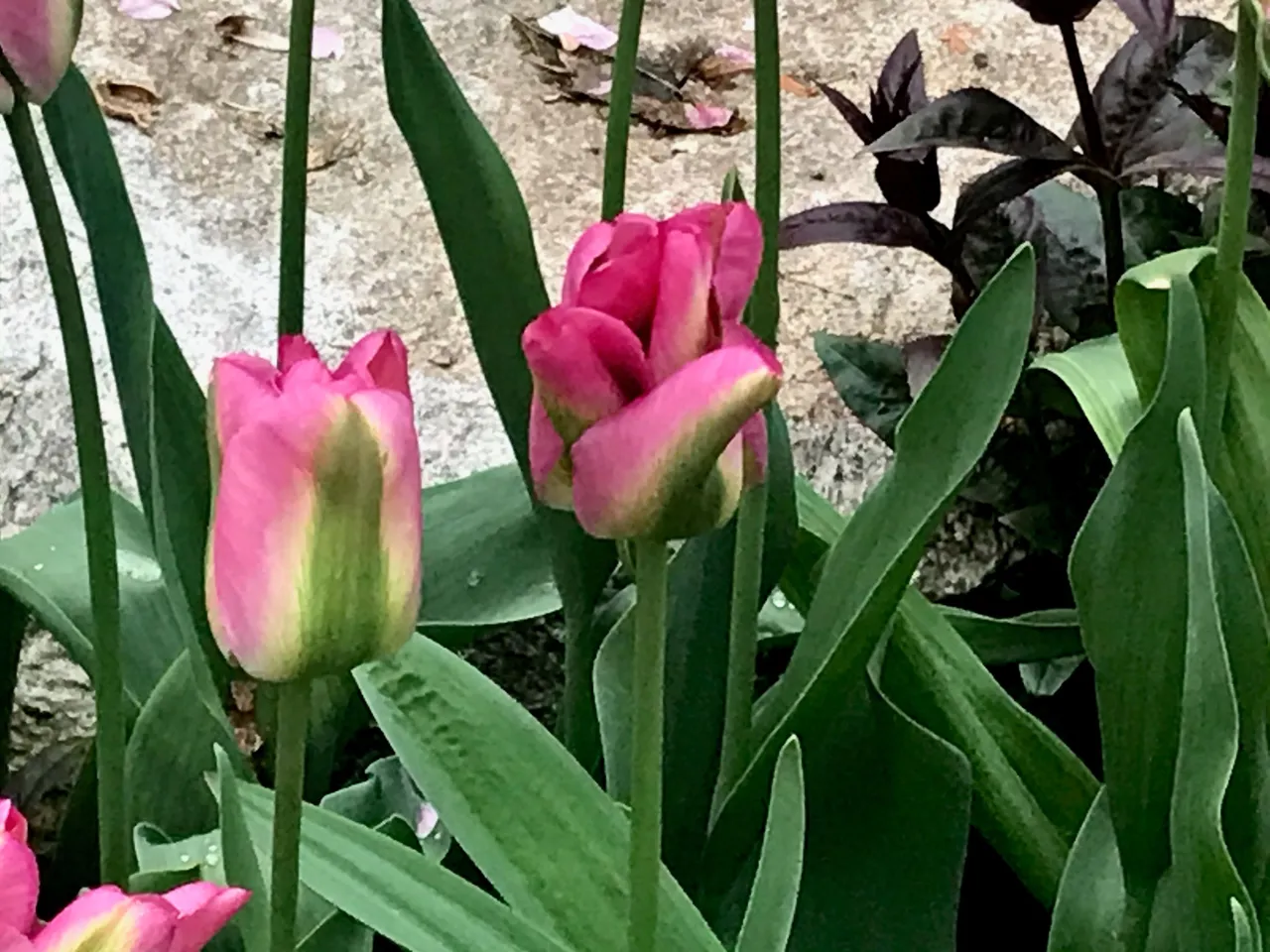
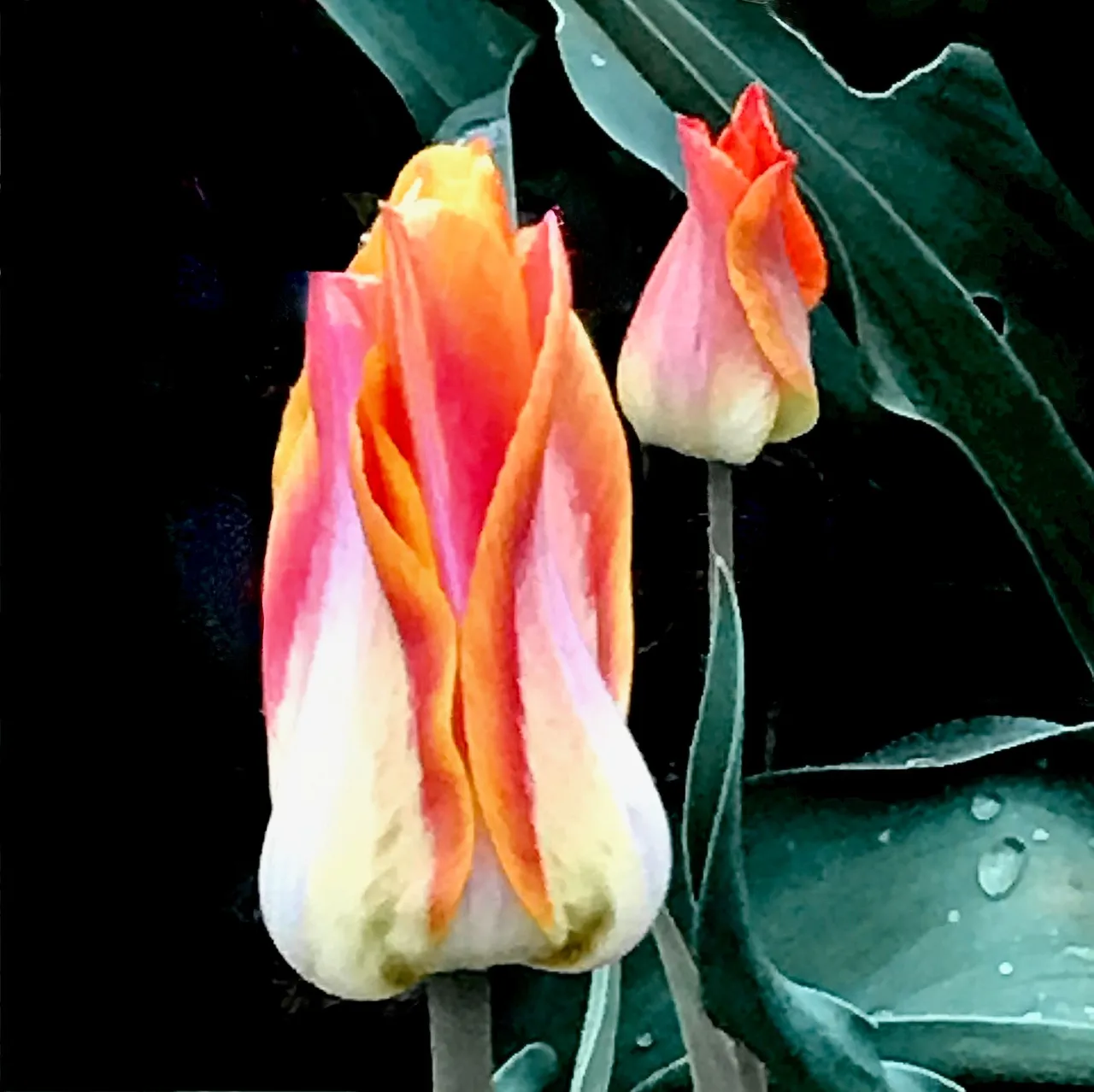
Procedure
Measure the interior surface area of your cardboard box and create blue print
Calculate surface area
SA = 2A(1) + 3A(2) + 4A(3)
= 2(lw) + 3(lw) + 4(lw)
= 2(40 x 24) + 3( 40 x 6) + 4(24 x 6)
= 2( 960) + 3(240) + 4(144)
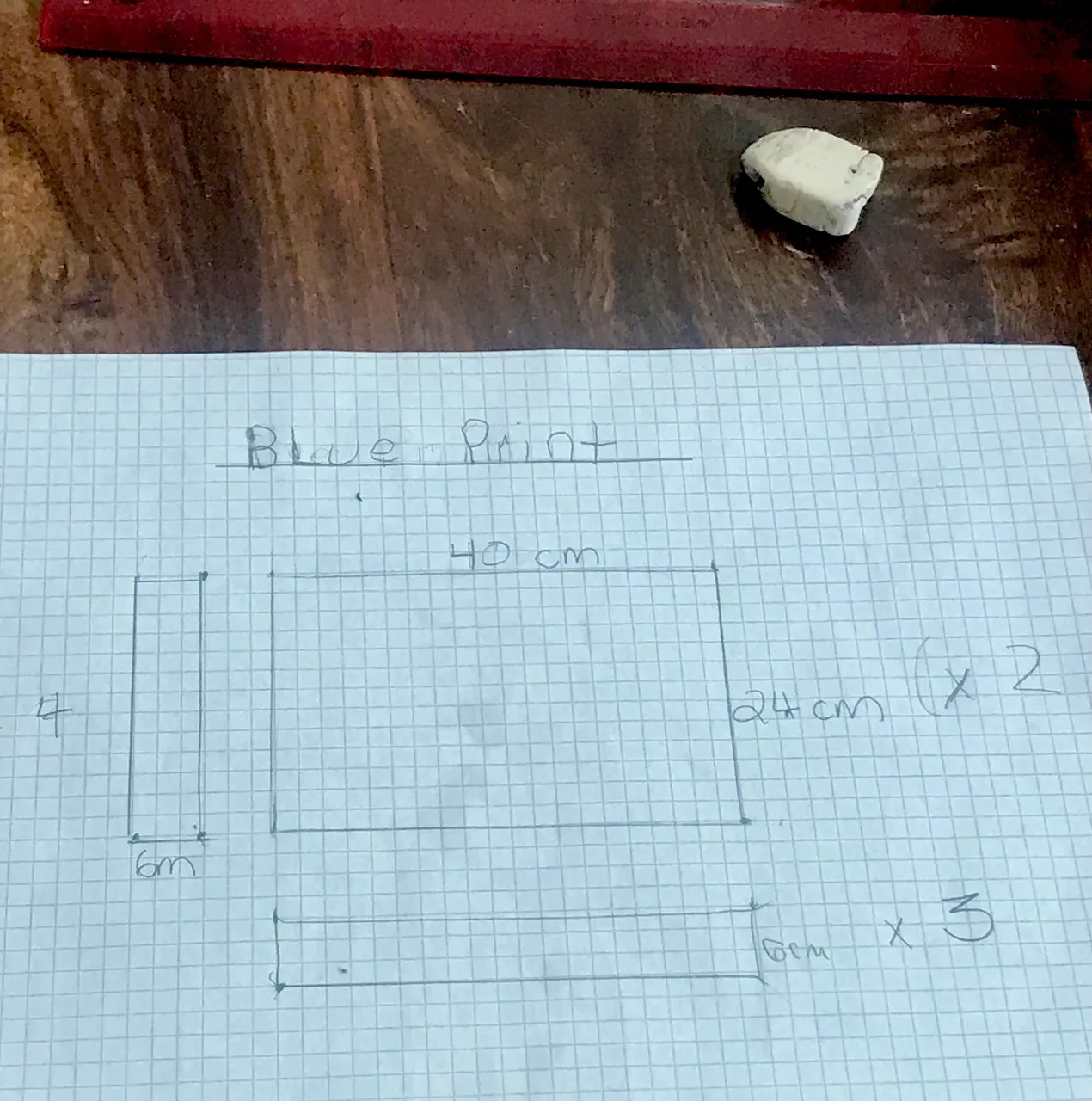
- Cut and measure
2 sheets of foil 1000 cm2
3 sheets of foil 240 cm2
4 sheets of foil 144 cm2
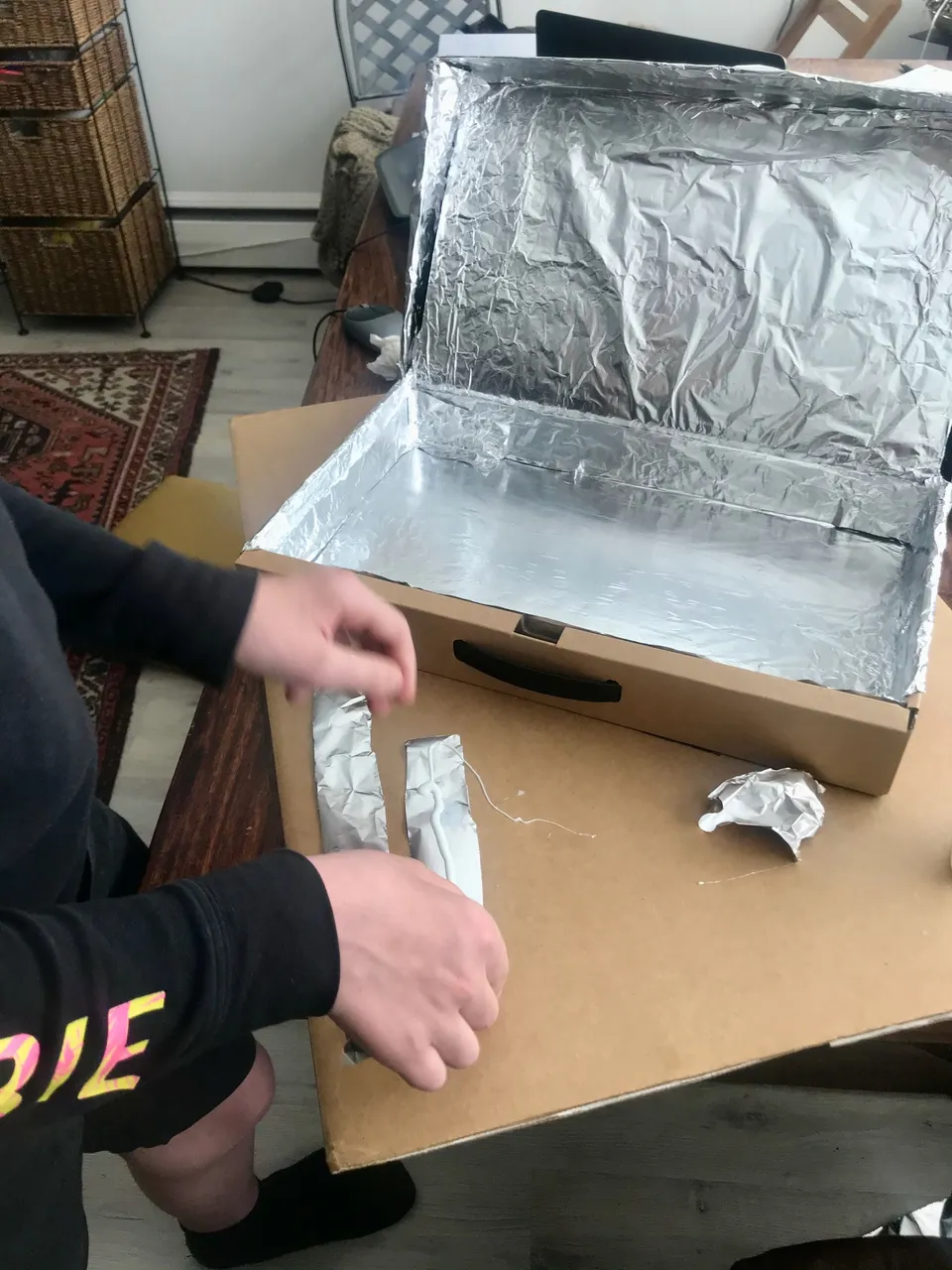
Place black styrofoam plate in cooker interior
Set aside and allow glue to dry
Place marshmallow on a small square of aluminum foil on black tray
Cover food and black tray and the cooker edge in plastic, using tape
Use wooden sticks to prop up lid and keep the sun angled into the cooker
Observe how long the marshmallow and chocolate chips take to melt
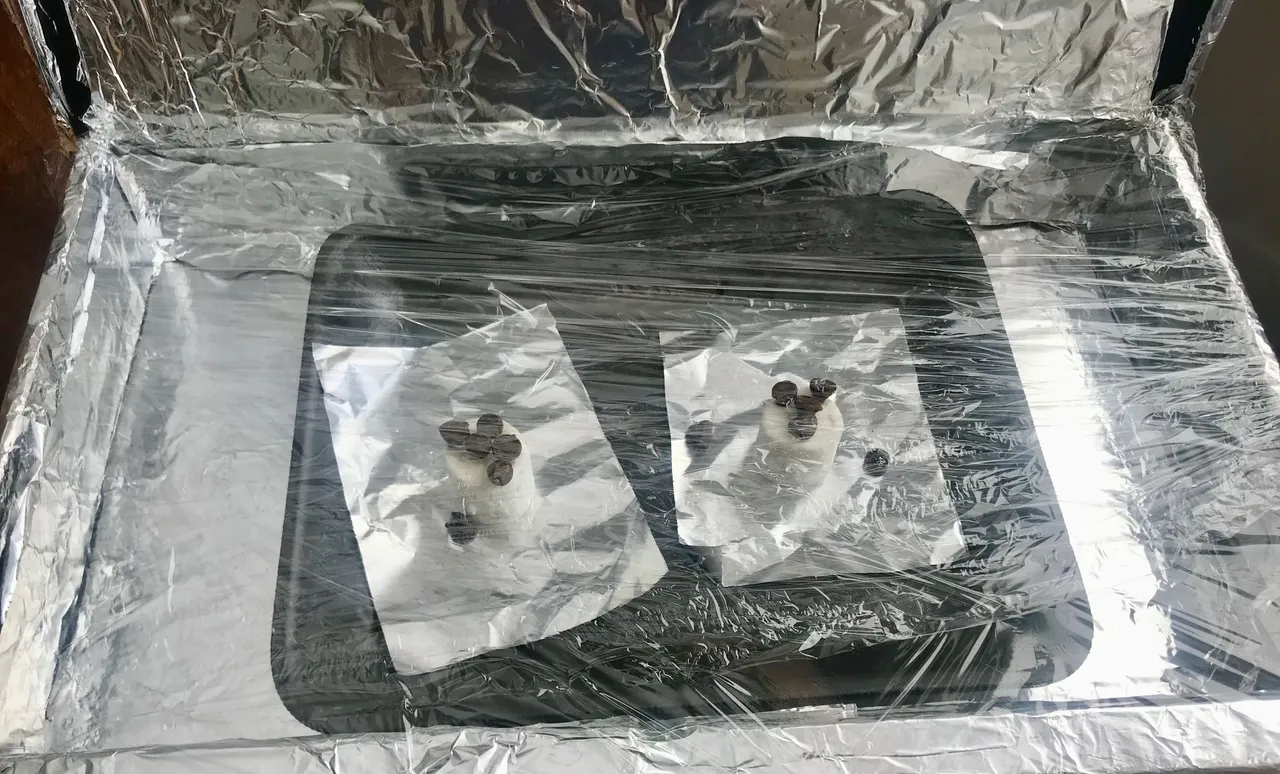
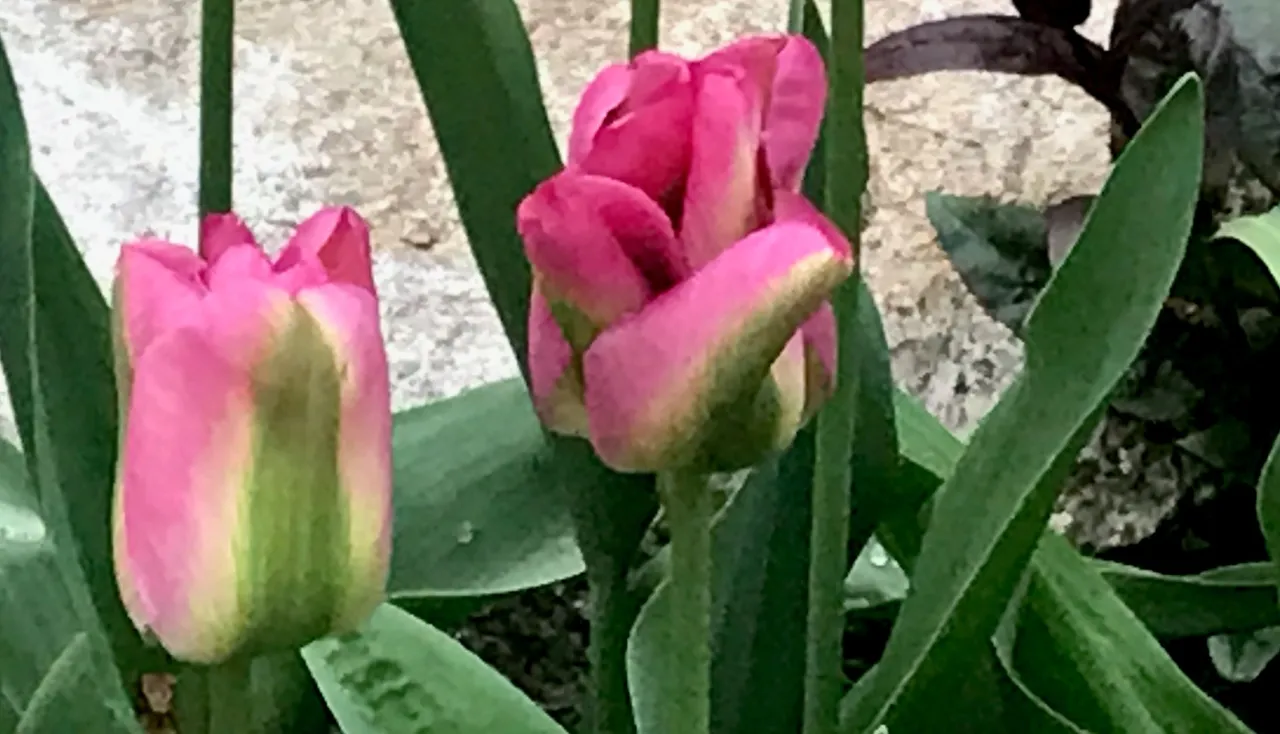
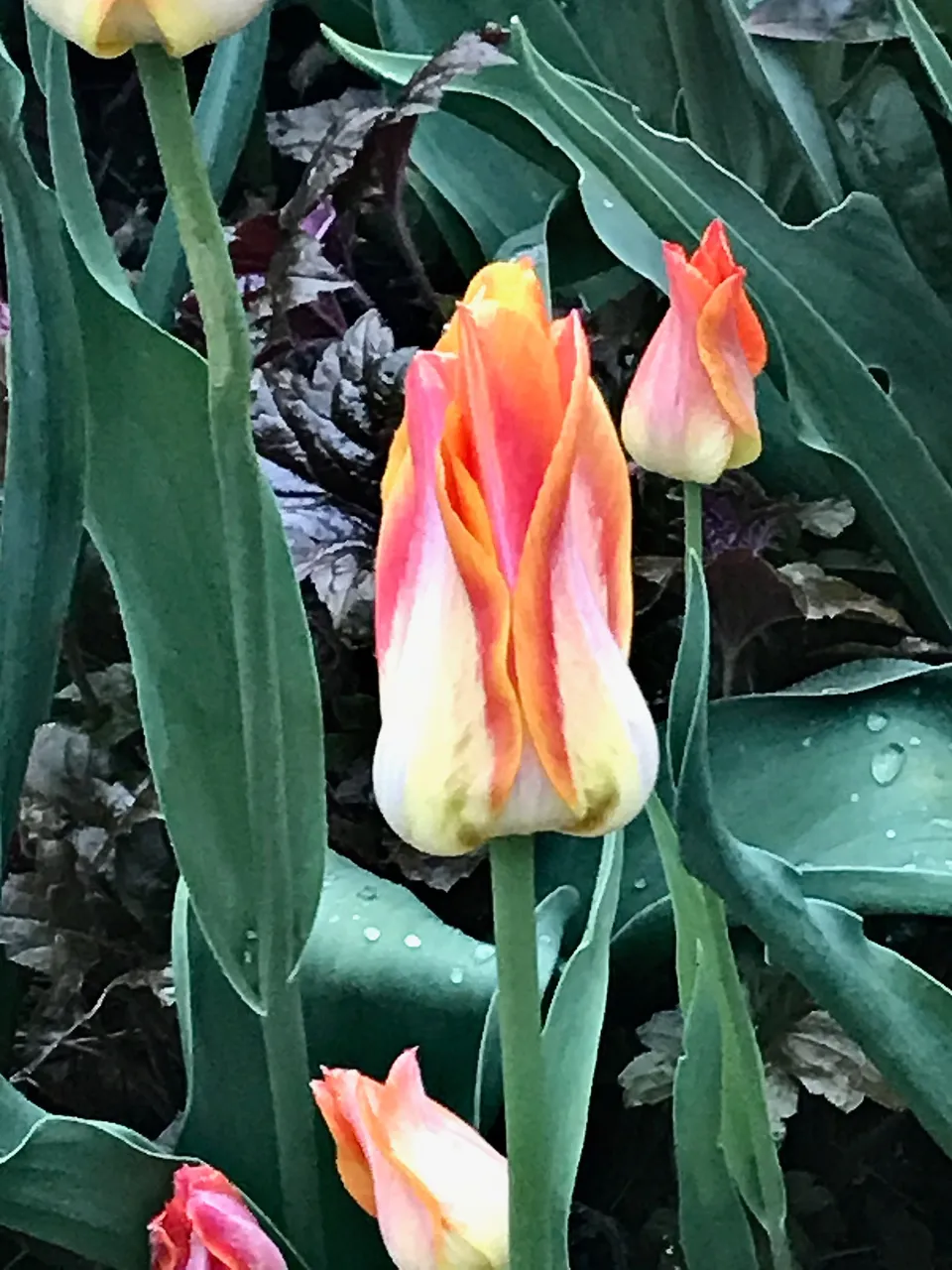
Results
I placed the cooker, with the marshmallows and chocolate chips, in direct sunlight for over 30 minutes. I observed that around 15 minutes the chocolates melted, but the marshmallows did not. It was a mild, warm day at around 22 degrees celsius, perhaps not hot enough to melt the white marshmallows. White reflects heat. It might be more effective on a hotter day and using sheets of chocolate rather than chips to cover the marshmallows.
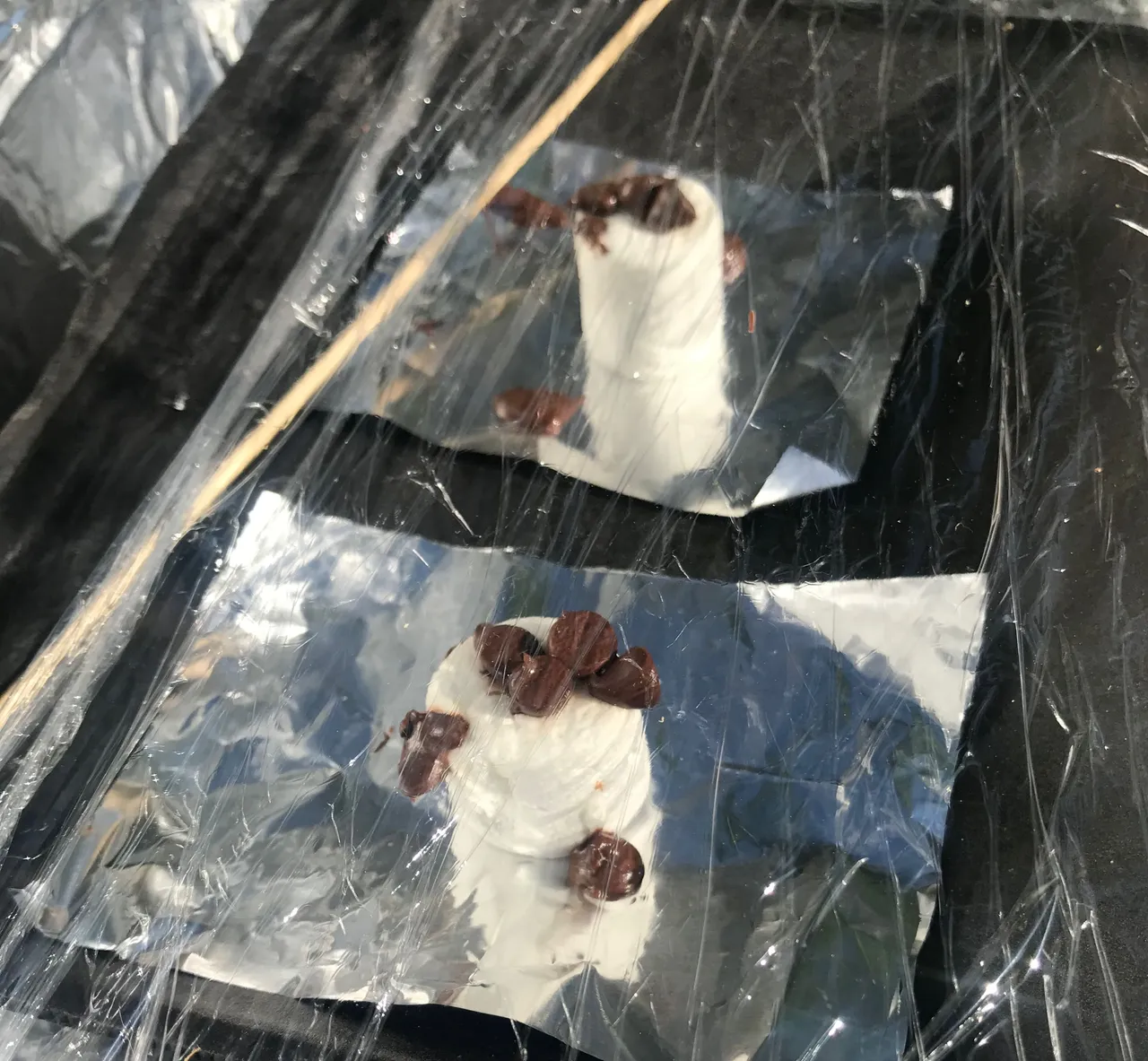
Discussion
My solar cooker captures the power of the sun to create heat, to cook or cause a chemical or physical reaction of my food.
It’s important to make sure the shiny side of the aluminum foil is up, because it reflects and concentrates the sun’s energy onto the food, raising the temperature so that a chemical or physical reaction can occur.
I used a black Styrofoam plate for two reasons. Black attracts and absorbs light and heat, and so its surface will be hotter than its surroundings. The Styrofoam will also insulate (be feet and keep the surface below cooler) and keep the heat from spreading around the box.
The plastic top will also act as an insulator, but because it is transparent, the light will still pass through, but the heat will be trapped. It creates something like a green house effect.
I could have improved my oven by using corrugated cardboard, curving the upper panel, and painting the outside black. Thick, corrugated cardboard would improve the design, because the air space in the cardboard would act as additional insulation. Having a curved rather than a flat upper panel would concentrate more sunlight into the centre of the oven. A black exterior would attract and concentrate more heat and light.
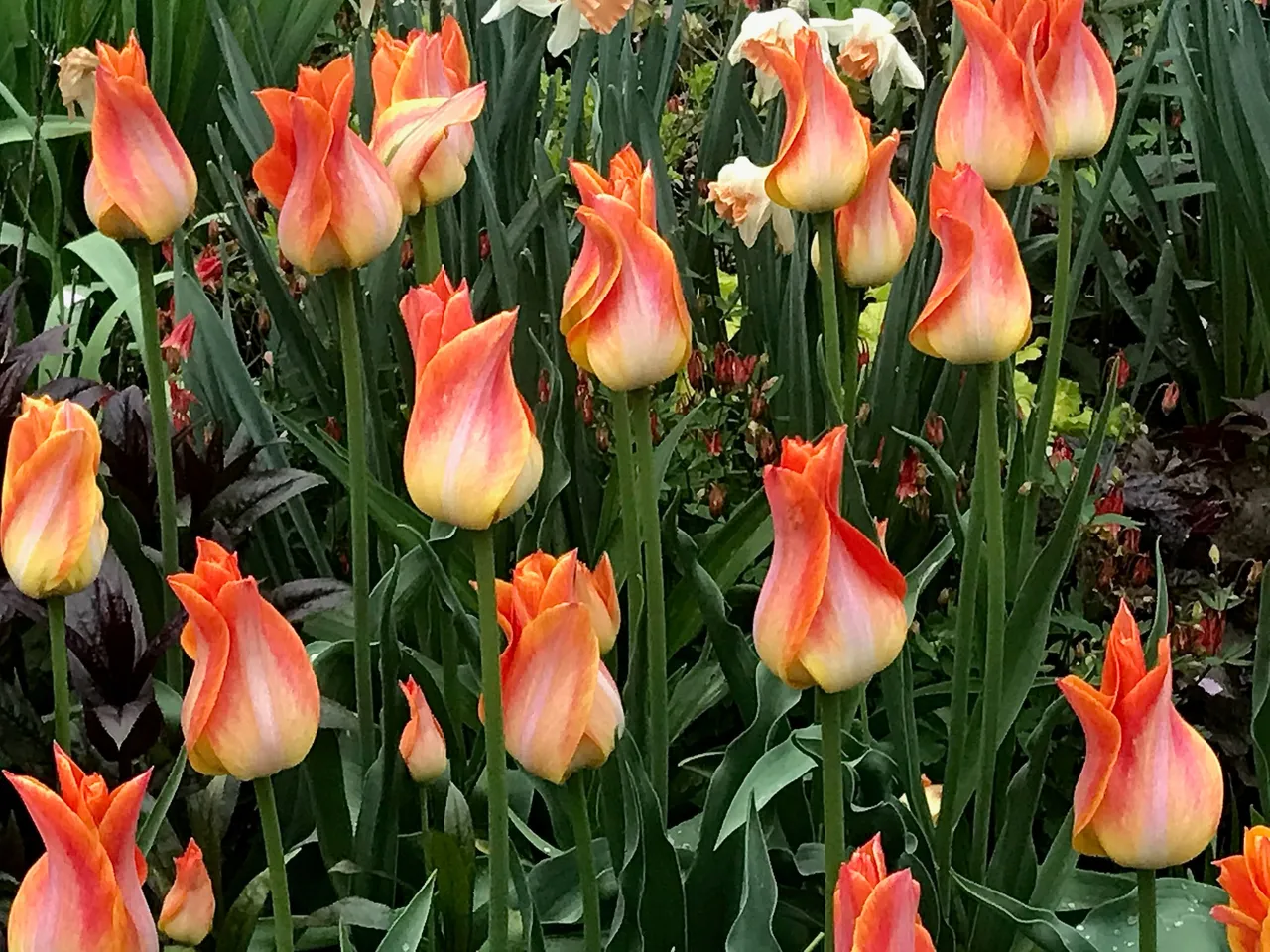
Living in the northern hemisphere, my cooker is useful in the summer, when the days are long and hot. The days are short and cold in the winter, and so my cooker in not as useful then. However these seasons are switched around in the southern hemisphere. Around the Equator, you could use my cooker all year long.
You could also use my cooker to keep warm by heating up stones and then using those stones at night as a source of heat. My Mom often dehydrates food. You would have to take of the plastic off and find away to hang or lift the food, but you could also dry food this way.
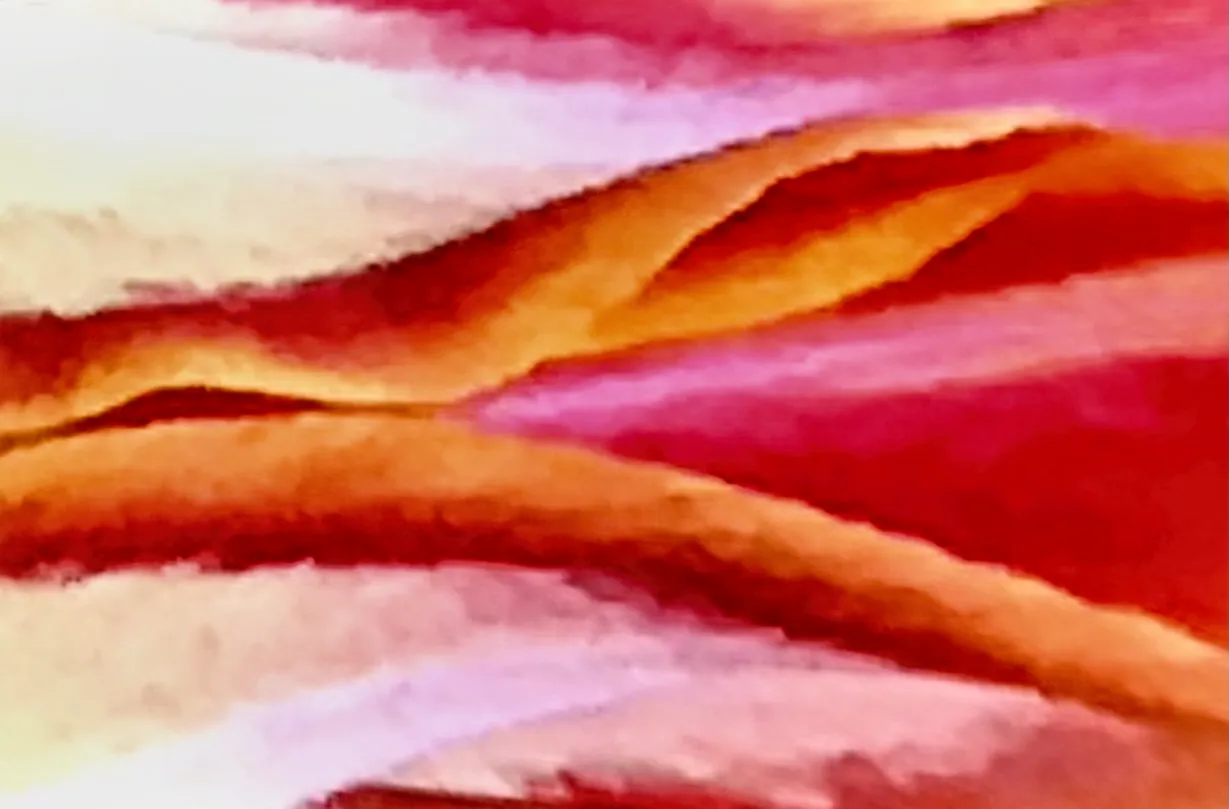
***
Words and Images are my own.
Click on any title below to further explore and support my writing.











